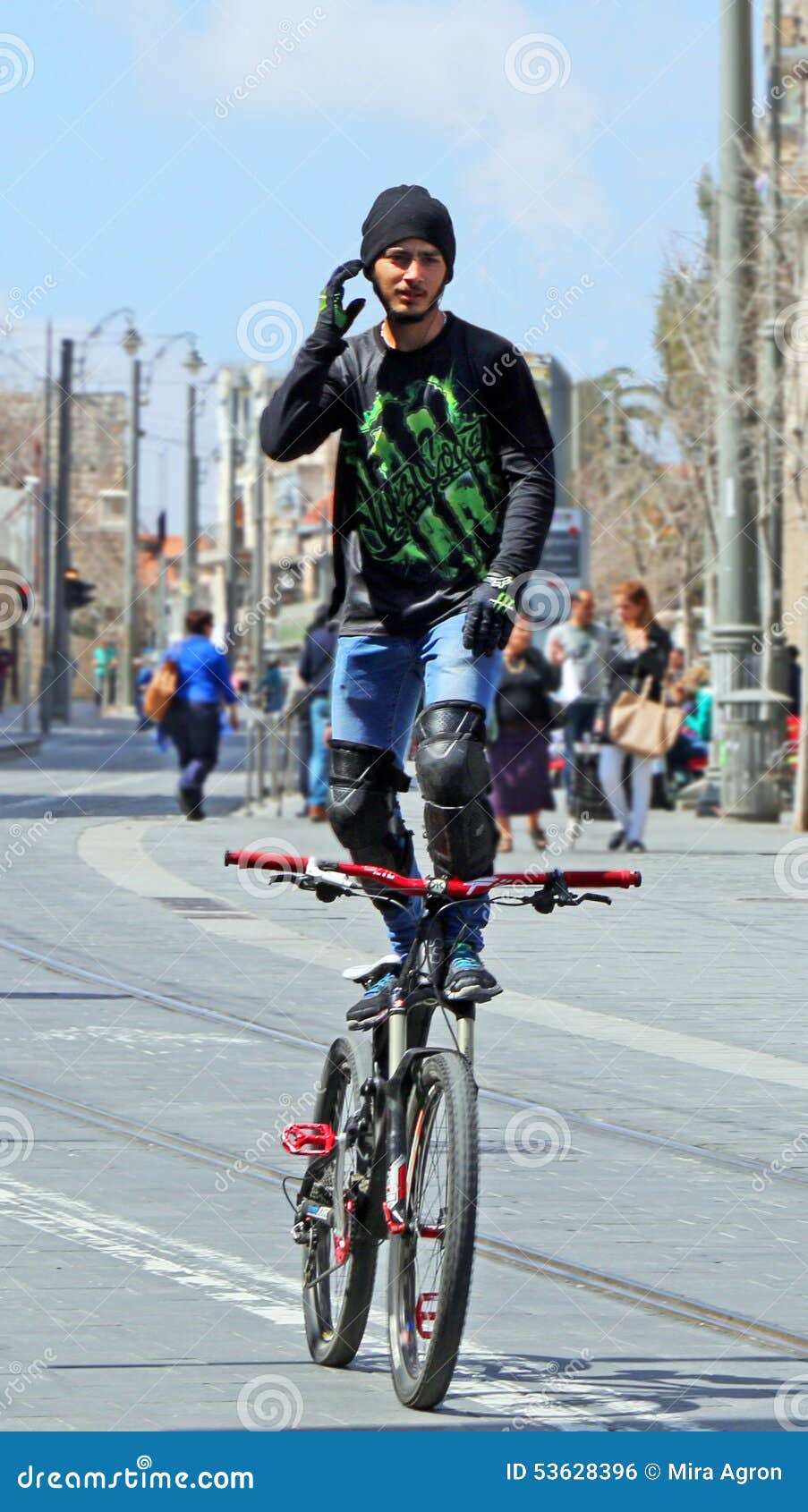In several posts on this blog, I've mentioned that Susan B. Anthony said, in essence, that the bicycle has done more than anything else to liberate women.
Since women started riding bikes, there are probably two things that have done more than anything else to encourage girls' and womens' participation in cycling and other sports.
One is Title IX, the 1972 US law that prohibits sex discrimination in educational programs--which include school-based sports programs. Since then, the number of girls' and womens' sports teams in colleges and schools has expanded greatly. As a result, more girls were encouraged to participate in sports, whether in their schools or outside of it, and one could argue that the subsequent increase in the proficiency of American female athletes has spurred other countries to improve their women's sports programs.
The other is what we now call the sports bra. Before it was created, girls and women--if they weren't flat-chested--had to live with the pain of their breasts bouncing or the chafing of a bra's wires and straps. Or they improvised support from duct tape and other items. Or they simply didn't participate in sports at all.
The last option simply wasn't an option for Hinda Miller. She had just started working for the theatre department at the University of Vermont and taken up jogging. She used two bras which, I imagine, restricted her breathing and was probably only somewhat less painful than bouncing breasts.
Across campus, Lisa Lindahl was dealing with the same problem. She and Miller reached out to Polly Smith, who made costumes for the university's theatre department. They bought some bras and tore them apart. "I was taking notes; Lisa was running," Miller remembers. She was always asking Lindahl, "Does that feel good?"
None of them did. They tried to come up with a solution when Lindahl's then-husband came downstairs with two jockstraps slung over his shoulders. He was teasing them, but the proverbial light bulb lit up in Miller's head: "That's what we want to do," she remembers thinking. "We want to pull everything closer to the body."
She ran to the store, bought two jockstraps and brought them to the costume shop. "The waist band became our rib band," she explained. "We crossed the straps in the back because we didn't want them to fall and it went over our head. And that was it."
So was the Jogbra born, 40 years ago this month. It became a national brand and, two decades later, Brandi Chastain cemented its place in our collective consciousness.
Today, Lindahl is an artist based in Charleston, South Carolina. Miller served as a State Senator in Vermont from 2002-2013 and ran unsuccessfully for Mayor of Burlington (Bernie Sanders' old job) in 2006. These days, she serves on the boards of a number of organizations as diverse as the Green Mountain Coffee Roasters and the Vermont Youth Orchestra.
If I do say so myself, few people in this world can appreciate the story of the Jogbra's origin as much as I can. After all, I am a cyclist and someone who's participated in other sports--and someone who's lived on both sides of the aisle, if you will. In other words, I am a transgender woman and one of (I assume) very few people who has used both a jockstrap and a sports bra!
Since women started riding bikes, there are probably two things that have done more than anything else to encourage girls' and womens' participation in cycling and other sports.
One is Title IX, the 1972 US law that prohibits sex discrimination in educational programs--which include school-based sports programs. Since then, the number of girls' and womens' sports teams in colleges and schools has expanded greatly. As a result, more girls were encouraged to participate in sports, whether in their schools or outside of it, and one could argue that the subsequent increase in the proficiency of American female athletes has spurred other countries to improve their women's sports programs.
The other is what we now call the sports bra. Before it was created, girls and women--if they weren't flat-chested--had to live with the pain of their breasts bouncing or the chafing of a bra's wires and straps. Or they improvised support from duct tape and other items. Or they simply didn't participate in sports at all.
The last option simply wasn't an option for Hinda Miller. She had just started working for the theatre department at the University of Vermont and taken up jogging. She used two bras which, I imagine, restricted her breathing and was probably only somewhat less painful than bouncing breasts.
Across campus, Lisa Lindahl was dealing with the same problem. She and Miller reached out to Polly Smith, who made costumes for the university's theatre department. They bought some bras and tore them apart. "I was taking notes; Lisa was running," Miller remembers. She was always asking Lindahl, "Does that feel good?"
None of them did. They tried to come up with a solution when Lindahl's then-husband came downstairs with two jockstraps slung over his shoulders. He was teasing them, but the proverbial light bulb lit up in Miller's head: "That's what we want to do," she remembers thinking. "We want to pull everything closer to the body."
She ran to the store, bought two jockstraps and brought them to the costume shop. "The waist band became our rib band," she explained. "We crossed the straps in the back because we didn't want them to fall and it went over our head. And that was it."
So was the Jogbra born, 40 years ago this month. It became a national brand and, two decades later, Brandi Chastain cemented its place in our collective consciousness.
 |
| Hinda Miller with a bronze plaque commemorating the Jogbra at the University of Vermont. |
Today, Lindahl is an artist based in Charleston, South Carolina. Miller served as a State Senator in Vermont from 2002-2013 and ran unsuccessfully for Mayor of Burlington (Bernie Sanders' old job) in 2006. These days, she serves on the boards of a number of organizations as diverse as the Green Mountain Coffee Roasters and the Vermont Youth Orchestra.
If I do say so myself, few people in this world can appreciate the story of the Jogbra's origin as much as I can. After all, I am a cyclist and someone who's participated in other sports--and someone who's lived on both sides of the aisle, if you will. In other words, I am a transgender woman and one of (I assume) very few people who has used both a jockstrap and a sports bra!






















